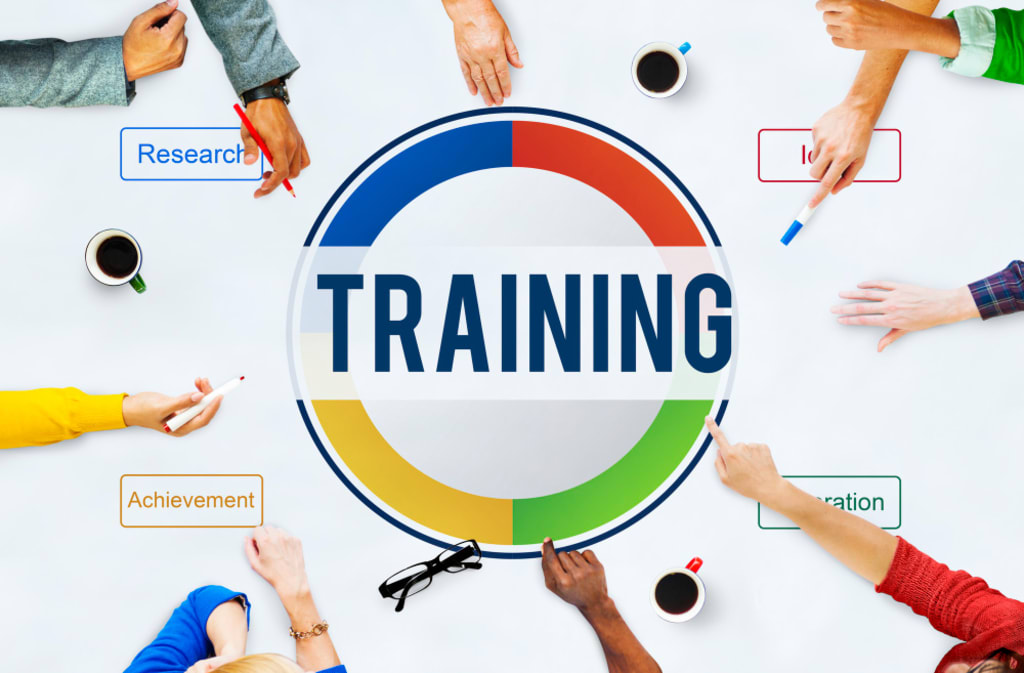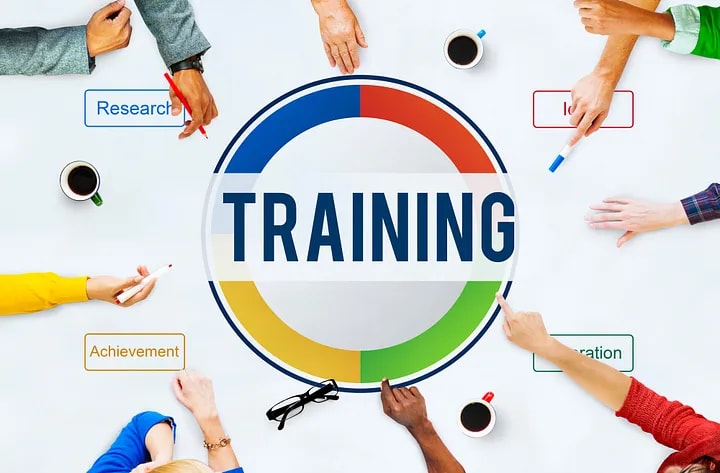How eLearning Content Developers Revolutionize Training
Case Studies

In today’s digital age, the role of eLearning content developers is pivotal in transforming traditional training programs into dynamic, engaging, and effective learning experiences. This article explores the impact of collaborating with an eLearning content developer on enhancing training programs, highlighting key strategies, benefits, and success stories.

1. Introduction to eLearning Content Development
eLearning content development involves the creation of interactive digital learning materials, including courses, modules, simulations, and assessments. These materials are designed to deliver educational content effectively through digital platforms, catering to diverse learning styles and needs.
2. Challenges Faced Before Collaborating with an eLearning Content Developer
Before integrating eLearning content, many organizations faced challenges such as:
- Limited Engagement: Traditional training methods often lacked interactivity, leading to reduced learner engagement and retention.
- Scalability Issues: In-person training sessions were often limited by time, location, and resources, making it challenging to reach a broader audience.
- Outdated Content: Updating and maintaining training materials became cumbersome and time-consuming.
3. Benefits of Collaborating with an eLearning Content Developer
By partnering with an eLearning content developer, organizations can leverage several benefits to enhance their training programs:
- Interactive and Engaging Content: Developers use multimedia elements, simulations, and gamification to create interactive learning experiences that captivate learners’ attention and improve retention.
- Scalability and Accessibility: eLearning allows organizations to deliver training globally, overcoming geographical barriers and accommodating diverse learning schedules.
- Personalized Learning: Adaptive learning technologies tailor content based on learners’ progress and performance, ensuring personalized learning experiences.
- Cost-effectiveness: Over time, eLearning reduces costs associated with travel, accommodation, and classroom resources, making training more sustainable.

4. Success Stories: Real-World Examples of Improved Training Programs
Case Study: XYZ Corporation
XYZ Corporation, a multinational company, collaborated with an eLearning content developer to revamp its employee onboarding program. By integrating interactive eLearning modules, the corporation achieved:
- Increased Engagement: New hires reported higher engagement levels due to interactive simulations and scenario-based learning.
- Faster Onboarding: The self-paced eLearning modules allowed employees to complete training at their own convenience, reducing onboarding time by 30%.
- Improved Knowledge Retention: Assessments and quizzes embedded in the modules helped evaluate learning outcomes and reinforce key concepts.
Case Study: ABC Healthcare
ABC Healthcare partnered with an eLearning content developer to address compliance training challenges for its healthcare staff. The collaboration resulted in:
- Comprehensive Training Modules: eLearning modules covered regulatory updates, patient care protocols, and safety procedures, ensuring compliance across the organization.
- Real-time Feedback: Instant feedback mechanisms allowed healthcare professionals to assess their understanding and seek clarification on complex topics.
- Enhanced Patient Safety: Well-trained staff contributed to improved patient safety outcomes and adherence to healthcare standards.
5. Strategies for Effective eLearning Content Development
To maximize the impact of eLearning content development, organizations can adopt the following strategies:
- Needs Assessment: Conduct a thorough needs analysis to identify training goals, learner preferences, and performance gaps.
- Collaborative Design: Involve subject matter experts, instructional designers, and eLearning developers in the design process to ensure content relevance and accuracy.
- Usability Testing: Conduct usability tests and gather feedback from pilot users to refine content and improve user experience.
- Continuous Improvement: Regularly update and refresh content to reflect industry changes, learner feedback, and emerging trends in eLearning technology.

Conclusion
Collaborating with an eLearning content developer has proven to be instrumental in transforming traditional training programs into engaging, effective, and scalable learning experiences. By leveraging interactive content, personalized learning approaches, and innovative technologies, organizations can enhance employee engagement, improve knowledge retention, and achieve their training objectives more efficiently. As technology continues to evolve, the role of eLearning content developers will remain crucial in shaping the future of workforce training and development.
About the Creator
Enjoyed the story? Support the Creator.
Subscribe for free to receive all their stories in your feed. You could also pledge your support or give them a one-off tip, letting them know you appreciate their work.





Comments
There are no comments for this story
Be the first to respond and start the conversation.